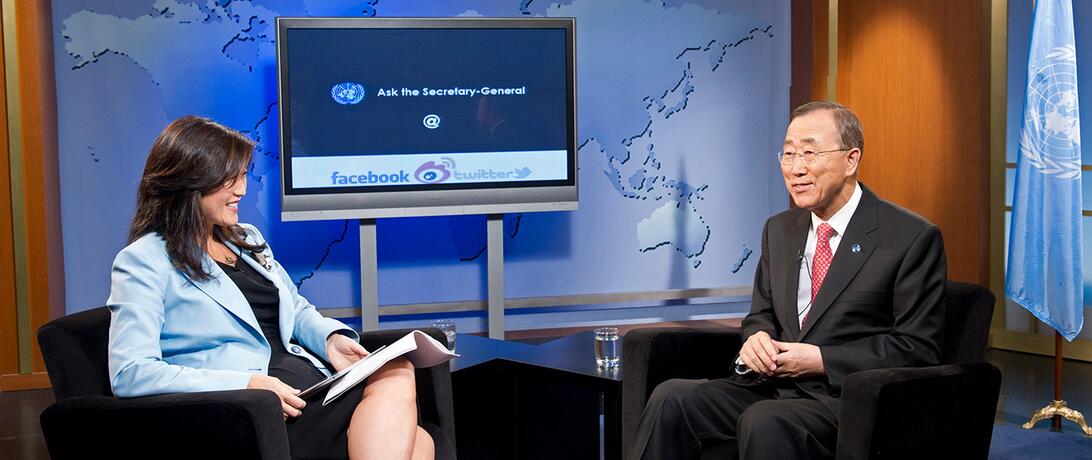
While the issue of online violence may sound quite abstract, the malicious use of social media can, and has, posed a tangible threat.
The following is the first part of a two-part series on the emerging risk of ignoring women as active participants in social media and hybrid warfare.
In 2015, Marriët Schuurman, then Special Representative for Women, Peace and Security, called specifically for the integration of a gender perspective into security areas “such as hybrid warfare and extremist violence.” Her suggestion, though directed at NATO members, should have an even broader application given that it is rooted in UN Security Council Resolution 1325. Yet, more often than not, when discussing strategies for combatting emerging security threats, women are markedly absent, both as a group that experiences the fallout from hybrid campaigns, and, more importantly, as potential problem-solvers.
Weaponizing Technology
While the issue of online violence may sound quite abstract, the malicious use of social media can, and has, posed a tangible threat. Examples include everything from Russia’s “firehose of falsehood,” to ISIS’ online recruitment and fearmongering to spread violent extremism. Even before concerns rose over Russia’s meddling in the US election, the US was already considering how best to utilize data on social media use to combat violent threats. Solutions include everything from requiring visa applicants to disclose their social media account information, to requesting the public alert the proper authorities if and when they see a threat online.
In 2016, the NATO Strategic Communications Centre of Excellence prepared a paper on Social Media as a Tool of Hybrid Warfare for NATO and the broader public. It further details the “weaponization” of social media in hybrid warfare and its corresponding role in fanning the flames of discontent. Of note are the concepts that modern threats center more around control over people’s perceptions and behavior, and that information can affect the development of conflict. The authors argue that because of social media use, “audience perception of the outcome of the conflict matters more than the actual facts on the ground.”
It is imperative that we understand the differences between how male and female audiences perceive and can potentially respond to this issue. Unfortunately, neither NATO nor the US government have sought to use a gender perspective when searching for solutions.
According to a United Nations report, since 2011, more than one-third of the world’s population has online access. An impressive 63% of those users are based in developing nations. This data, while an informative start, is not sex-disaggregated, making it impossible to know how men and women are using social media differently. But with such a high percentage of users located in conflict-prone environments, it seems obvious that these users should be empowered to adopt peaceful initiatives. As defense communities continue to grapple with how best to individually and collectively respond to the threat posed by social media, incorporating a gender perspective, as Schurmann advocated for, could help to mitigate this problem.
Where are the Women?
A more thorough investigation of the discussion surrounding women, gender, and hybrid threats leaves much to be desired. Here is just a glimpse into some recent publications on hybrid warfare, and the discourse (or lack thereof) on women’s involvement therein:
A 2015 report from the Johns Hopkins University Center for Advanced Governmental Studies titled Nonviolent Civilian Defense to Counter Russian Hybrid Warfare mentions “women” twice – once alongside men in reference to civilians, and once alongside children as the victims of war. It doesn’t mention “gender” at all.
The December 2015 issue of The Three Swords, the official Magazine of the Joint Warfare Centre, mentions the terms “gender”, “women”, and “hybrid” 220, 136, and 16 times respectively, yet never in relation to one another.
The report of the Future Force Conference 2017, held in the Netherlands, does mention gender and women. But these mentions are relegated exclusively to the section on the importance of being inclusive and never occur in relation to hybrid threats.
A summary from the Permanent Mission of the United Arab Emirates to the UN in New York and the Georgetown University Institute for Women, Peace and Security discusses women and countering violent extremism, yet only mentions “social media” in relation to its use in spreading violence.
The exact same is true of a policy brief from the Civil Society Working Group on Women, Peace and Security on violent extremism and women.
Clearly, this short selection of literature is not exhaustive, yet it is indicative of a broader pattern. It should also be instructive when identifying areas in which a gender perspective is lacking, particularly in regard to traditionally masculinized arenas. While discussions of hybrid warfare still tend to lack any mention of women, in the realm of countering violent extremism, wonderful progress has been made to incorporate a gender perspective. Yet, there is still room to add information on how to use social media for peaceful purposes as well. Moving forward, efforts to strategize against the changing nature of warfare online should purposely include a gender outlook, and a solutions-focused one at that.
Watch this space for the second part of this series, appearing next week.
Article Details
Published
Written by
Topic
Program
Content Type
Opinion & Insights